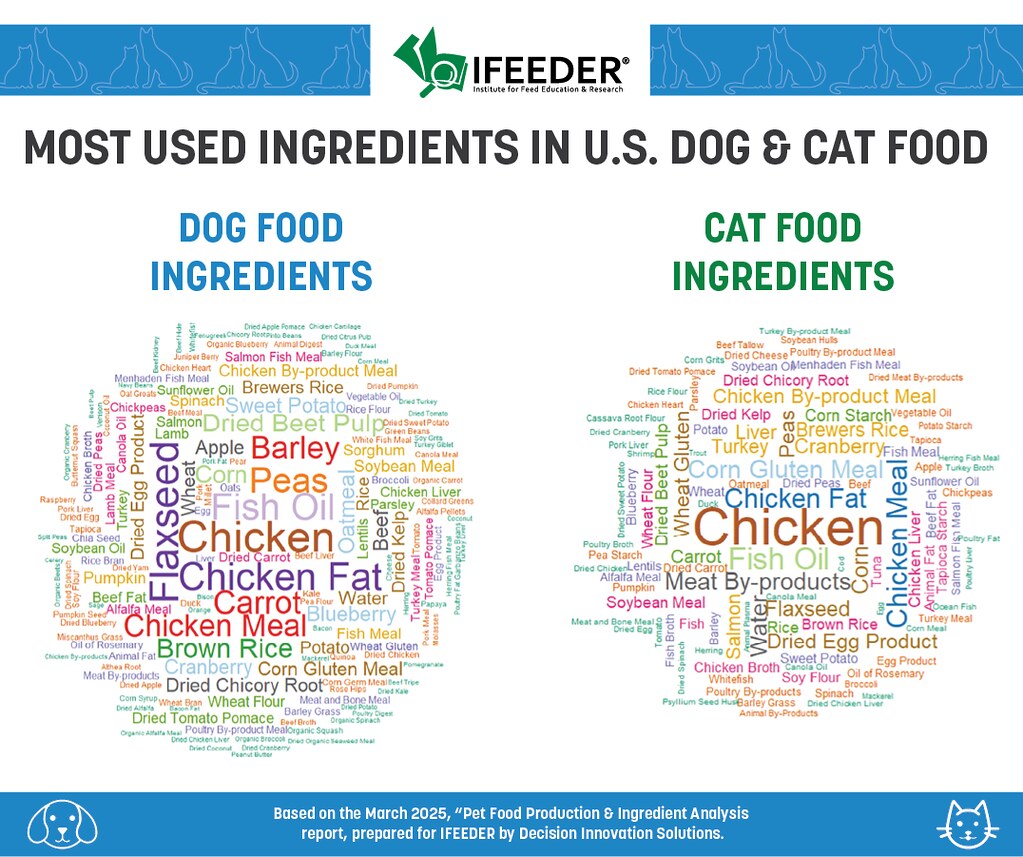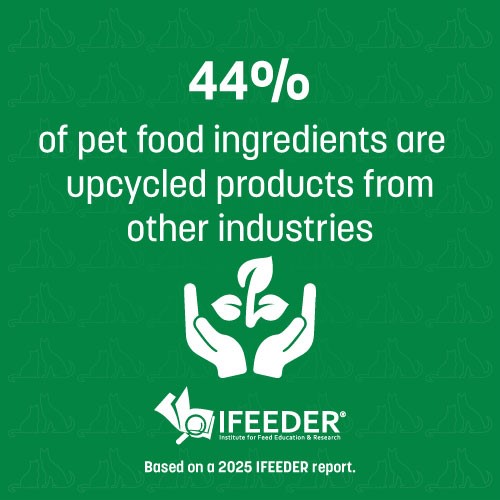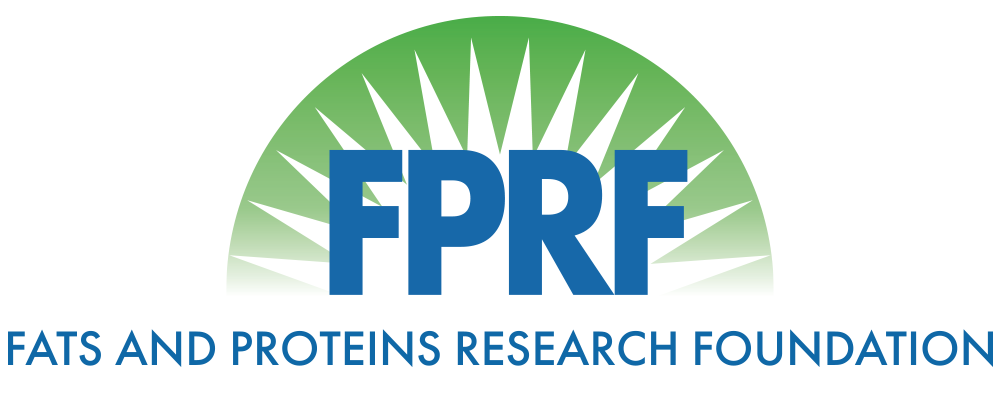2025 Pet Food Production & Ingredient Analysis Results
Introduction
The Fats and Proteins Research Foundation (FPRF), the research arm of the North American Renderers Association (NARA), in collaboration with the Institute for Feed Education and Research (IFEEDER), the American Feed Industry Association (AFIA), and the Pet Food Institute (PFI), is proud to highlight new research quantifying the essential role of rendered ingredients in pet food. The study, conducted by Decision Innovation Solutions (DIS), who have previously conducted similar studies for NARA and FPRF, and collaborating partners, found that U.S. pet food sales reached $51.7 billion in 2024, with 9.8 million tons of pet food produced using over 600 safe, nutritious ingredients—including over 4 million tons of upcycled ingredients that ensure sustainability and reduce food waste.

From Organ Meats to Fats: How Rendering Powers Pet Nutrition and Sustainability
The pet food bowl is more than just a mix of flavors—it’s a story of science, sustainability, and smart sourcing. Thanks to the rendering process, nutrient-rich ingredients like organ meats, bones, and fats are transformed into safe, high-quality meals and fats that fuel pet health and reduce food waste.
A new 2025 report, developed by the Fats and Proteins Research Foundation (FPRF) and the Institute for Feed Education and Research (IFEEDER), in collaboration with the American Feed Industry Association (AFIA) and the Pet Food Institute (PFI), dives into the essential role of rendered ingredients in today’s pet food—and the ripple effect they create across the economy.
Rendered Ingredients: A Vital Piece of the Pet Food Puzzle
In 2024, pet food manufacturers produced 9.8 million tons of food for dogs and cats, generating $51.7 billion in U.S. sales. Over 600 safe, nutritious ingredients were used—many of which came from the rendering process, which upcycles materials that humans do not eat into highly digestible protein meals and energy-rich fats that pets love and need.

Why Rendering Matters:
- Safety First: Rendered ingredients are heat-processed to eliminate pathogens and meet rigorous pet food quality standards.
- Nutritional Powerhouse: These ingredients provide essential amino acids, energy, and protein for healthy coats, strong muscles, and overall well-being.
- Better Taste: Rendered fats naturally enhance the flavor of pet food, making every meal more enjoyable.
- Sustainable by Design: By repurposing over 4 million tons of otherwise wasted materials—including 3 million tons for dogs and 1 million tons for cats—rendering helps keep millions of tons of organic matter out of landfills.

Rendering Supports Rural America
In 2024, the pet food industry purchased $13.2 billion in U.S. farm products, fueling economic growth in 43 states. By turning animal coproducts into valuable ingredients, rendering not only supports American farmers but also strengthens a sustainable, circular economy.
About the Study:
The research, conducted by Decision Innovation Solutions (DIS), used a “recipe reverse engineering” model that analyzed real-world product data—like nutrition labels and sales info—without revealing proprietary company formulations. This year’s analysis builds on previous reports and includes expanded data categories, including fresh and premium pet foods and online sales, reflecting shifts in consumer behavior post-COVID-19.

The Bottom Line:
Rendered ingredients are more than just a sustainable solution—they’re foundational to the safety, nutrition, and palatability of modern pet food. By giving value to byproducts and reducing waste, rendering delivers benefits for pets, people, and the planet.
Read the full report HERE
Help us spread the word by sharing this info on social media! View and download infographics HERE! #HealthyPets
#PetFoodFacts


